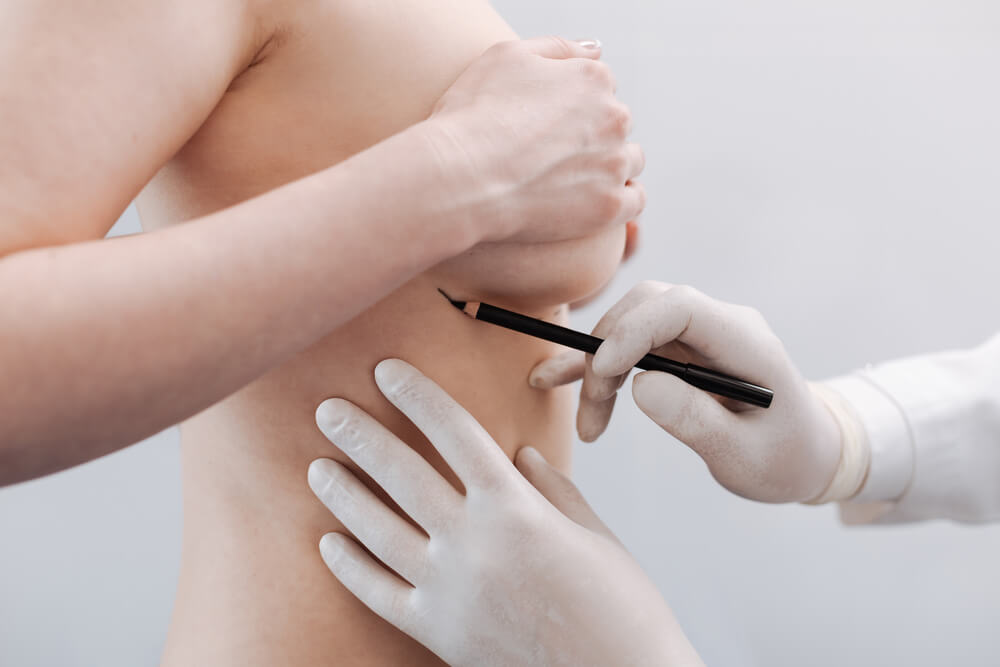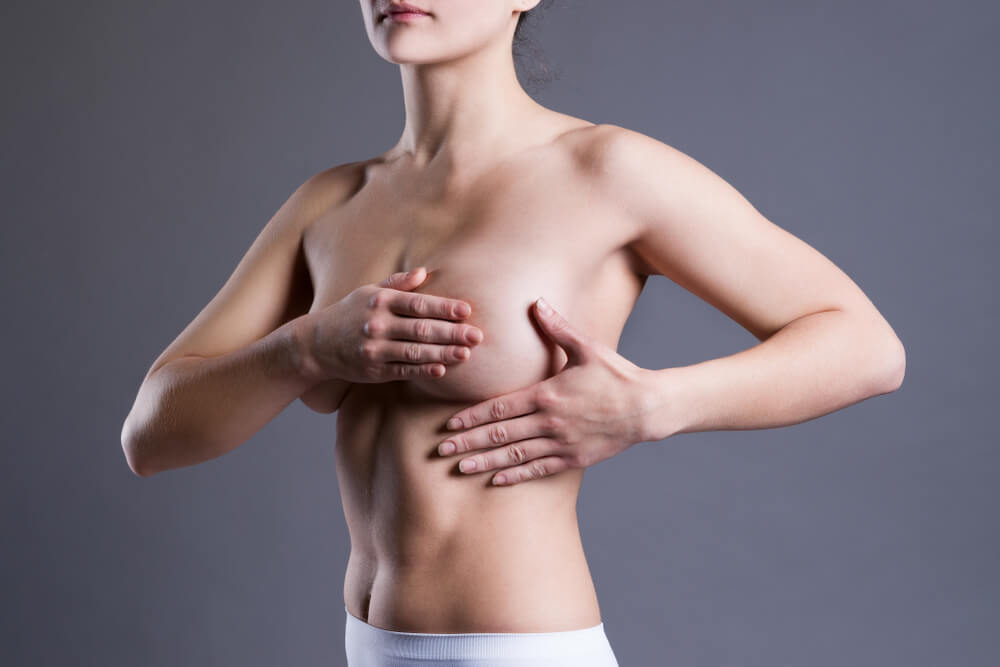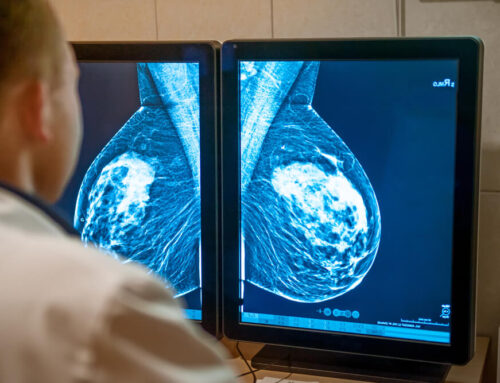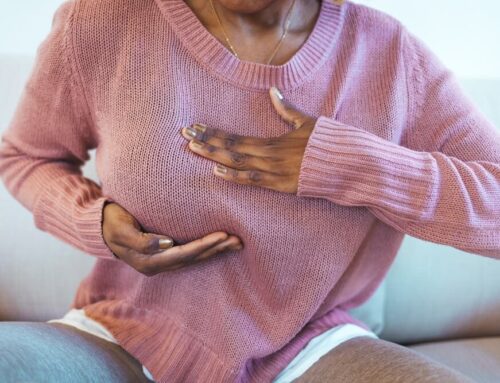Breast reconstruction surgery is a common practice after going through mastectomy due to breast cancer. Essentially, breasts after breast cancer and mastectomy can look rather mismatched. That said, mastectomy reconstruction can effectively replace the affected breast skin and tissue, as well as the nipple, and bring back the balance to the breast area. Just how much reconstruction will be necessary and what the best breast reconstruction surgery options are will all depend on the size and the location of the removed cancer.
Different Breast Reconstruction Surgery Options
There are several different breast reconstruction surgery options, and your doctor will help you decide which one is the best choice for you personally. Of course, both your wants and needs as well as your medical condition will play a significant role in making this decision. If you’re interested in the different breast reconstruction surgery options available, feel free to reach out to us at Breast Care Center Miami, and we will schedule you an appointment with one of our experts on the matter.
Implants

Implant breast reconstruction surgery refers to the procedure where the surgeon first stretches the skin with a special expander tool and then proceeds to insert a saline or silicone-gel implant after several weeks. While you wait for the tissue to expand, you still have to go in about once a week to have the expander tool filled with saline. This process can be a tad painful, but most women who went through it have reported being very satisfied with the end result.
However, there is a con to implant mastectomy reconstruction; namely, the nature of the implants makes it possible for them to rupture. This also requires surgical removal as leaving ruptured implants inside can otherwise cause infection.
Tissue flap procedures
The tissue flap procedure is another kind of breast reconstruction surgery that involves taking the woman’s actual tissue, commonly from her back or abdomen but also bottom and thighs, and creating a mound with it for reconstructing breasts after breast cancer. There are also different options for tissue flap mastectomy reconstruction.
In the tunneling/pedicle procedure, the tissue that will be used for breast reconstruction maintains the connection to its blood supply. The breasts may not look the most natural in this case, but the tissue has a much better chance of surviving.
On the other hand, there’s the so-called free-flap procedure, where the tissue that will be used for reconstruction gets fully disconnected from its original blood supply and then reattached to the one near its new location. This particular procedure is considerably more complicated and can result in many side effects, such as the flap completely dying due to clogged blood vessels. However, if the procedure is successful, the final result is a lot more natural.
Aesthetic flat closure, or just AFS for short, is a procedure that rearranges or completely removes the excess fat and skin after the mastectomy. AFS further improves the breast contours and removes deformities. It can be performed at the same time as mastectomy or breast reconstruction surgery. In a similar vein, fat grafting can be done as well. If the nipple needs reconstruction as well, the procedure can be done with just local anesthesia.
As mentioned, reconstruction of breasts after breast cancer with the woman’s own tissue will definitely provide a more natural result compared to implants, but the procedures also carry more risk. Just like with any other major surgery, complications could occur, such as infection, poor healing and recovery process, or bleeding.
Both implants and tissue flap procedures are acceptable options for double mastectomy reconstructive surgery, too. Double mastectomy refers to the removal of both breasts due to breast cancer.
Recovery From Breast Reconstruction Surgery
It’s perfectly normal to feel some kind of discomfort in the days after the surgery. Your doctor will prescribe you adequate pain meds for your needs and health condition. Of course, you will have to stay in a hospital for a while where the doctor can keep an eye on you and check the progress of your recovery.
Very soon after the surgery, the medical staff will encourage you to start moving your arms slowly. There will be no forceful activity involved, not even getting out of bed; nurses will initially help you with that. A whole day post-surgery, you may be able to sit in a chair, while two days later, you may be able to walk on your own.
Expect that you’ll most likely get IV fluids for a couple of days. Until you’re able to walk yourself to the bathroom and use it, you’ll need to have a urinary catheter. Also, there will be drains attached to the areas where the surgeon made the incisions. It’s possible to go home from the hospital even with these drains still attached, but the doctor will explain to you how to properly take care of them.
The type of surgery and your recovery process will largely determine just how long you’ll need to stay in the hospital. In general, the average hospital stay for implants is about two days. On the other hand, tissue flap procedures may require a hospital stay of about five to six days. The matter of double mastectomy reconstructive surgery will also have to be taken into account.
Follow-Up Care for Breast Reconstruction

Once you get home from the hospital, you can expect to feel sore and even notice some bruising and swelling for about two to three weeks. Chances are you’ll have to apply medication to the suture area or replace the bandages on your own. Of course, your doctor will provide you with detailed instructions about that, together with tips on bathing/showering.
In general, most women can resume their normal daily activities after about six to eight weeks post-surgery, even in the case of double mastectomy reconstructive surgery. However, you might have to wait for a couple of more weeks to engage in more strenuous physical activity.
After the pain subsides, you’re likely to feel numbness in the treated areas, but some feeling may return after enough time passes. Also, the scars will gradually fade, and the breast shape will improve.
In the beginning, you’ll have to go for regular doctor checkups. Aside from that, it’s still recommended to perform breast self-exams and go for mammogram screening once a year.
It’s important to mention that having breast reconstruction surgery doesn’t annul the chance of cancer recurrence. However, the surgery also doesn’t affect the efficiency of the treatment, meaning that you can still receive chemotherapy, radiation, targeted therapy, and cancer surgery in case it comes back.
The best thing you can do for your health is to go for regular gynecological and breast checkups together with an annual mammogram. However, if you had to go through a mastectomy and you’re not happy with how your breasts look after cancer removal, you can always rely on the benefits of modern medicine and breast reconstruction surgery options. Don’t hesitate to put your trust in our team of experts at Breast Care Center Miami. We provide world-class surgical services backed by the latest technology and scientific discovery.






